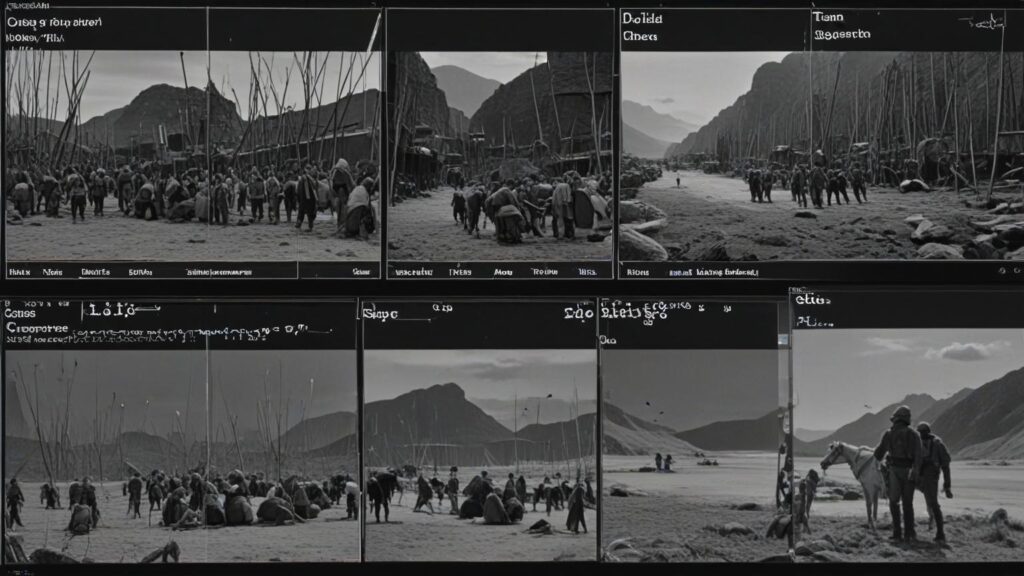The Official Website of E.B. Brown
THE OFFICIAL WEBSITE OF E.B. BROWN
THE OFFICIAL WEBSITE OF E.B. BROWN
The Art of Pacing: How Films Adapt the Tempo of a Novel
The art of pacing is crucial in film adaptations of novels, as filmmakers must condense, adjust, and reinterpret the story’s tempo to fit the medium. In a novel, the author controls the narrative pace with descriptive passages, internal monologues, and carefully spaced events, allowing readers to immerse themselves at their own speed. However, in film, pacing needs to be meticulously crafted to engage viewers within a limited timeframe, typically two hours or less. Balancing the novel’s depth with the cinematic need for momentum is an art form, and a well-paced adaptation requires thoughtful decisions about what to include, condense, or even exclude.

- November 10, 2024
- 10:07 pm
One technique filmmakers use is to streamline subplots and focus on central storylines. While novels can explore multiple plot threads, films need to center on key themes and arcs to maintain flow. For example, in The Lord of the Rings trilogy, Peter Jackson chose to trim many side stories and instead emphasized the journey and action, creating a faster-paced narrative that maintained the epic feel of Tolkien’s work without losing the audience’s attention. This approach preserves the core of the story while ensuring a dynamic viewing experience.
Visual storytelling also helps accelerate pacing in film by allowing for “show, don’t tell.” Filmmakers can replace lengthy descriptive passages with imagery, set design, and cinematography that quickly establish a scene’s mood or setting. For instance, scenes that might take pages to describe in a novel can be conveyed instantly with a single, well-composed shot. In Harry Potter and the Philosopher’s Stone, for example, the magic of Hogwarts is instantly captured through visuals, allowing the film to progress more swiftly than Rowling’s richly descriptive prose would on its own.
Moreover, filmmakers often rely on music and editing to set the pace. Quick cuts and dynamic soundtracks can heighten tension and excitement, while slower scenes with longer takes allow moments of reflection. In adaptations like Pride and Prejudice (2005), Joe Wright uses these techniques to balance intense moments with reflective pauses, capturing both the urgency of Elizabeth’s world and the slower, contemplative atmosphere of Austen’s narrative.
In sum, adapting the tempo of a novel for film is an art that requires balancing fidelity to the source material with the demands of cinematic storytelling. By streamlining plots, leveraging visual elements, and using audio-visual cues, filmmakers create adaptations that honor the spirit of the novel while delivering a well-paced, engaging experience for viewers.